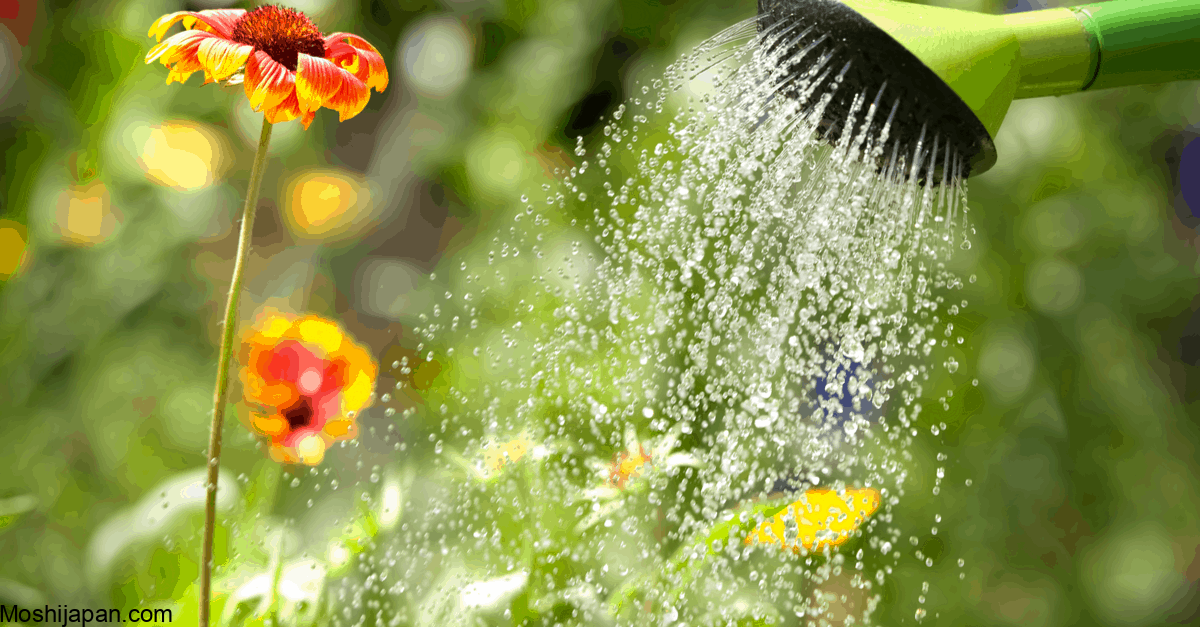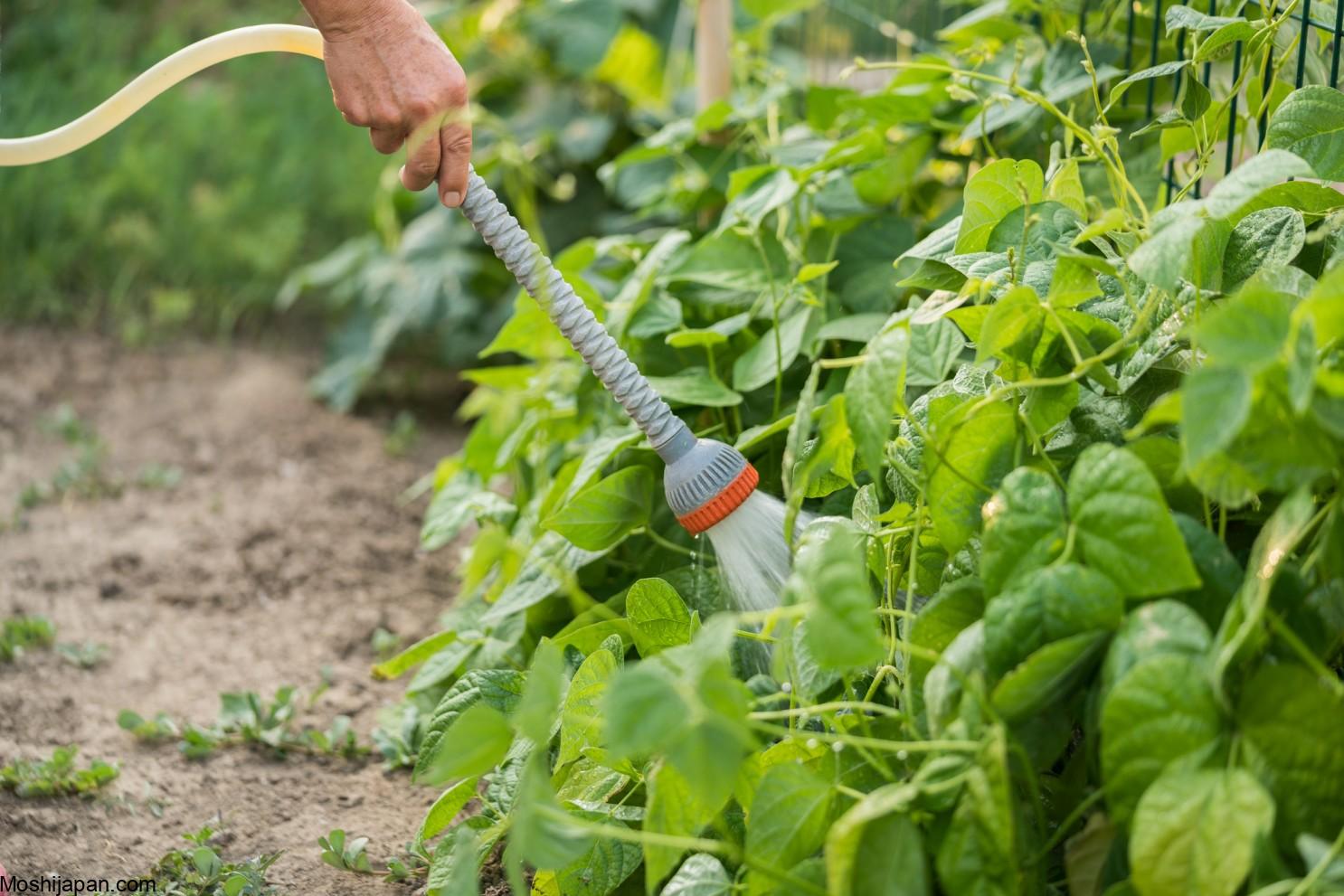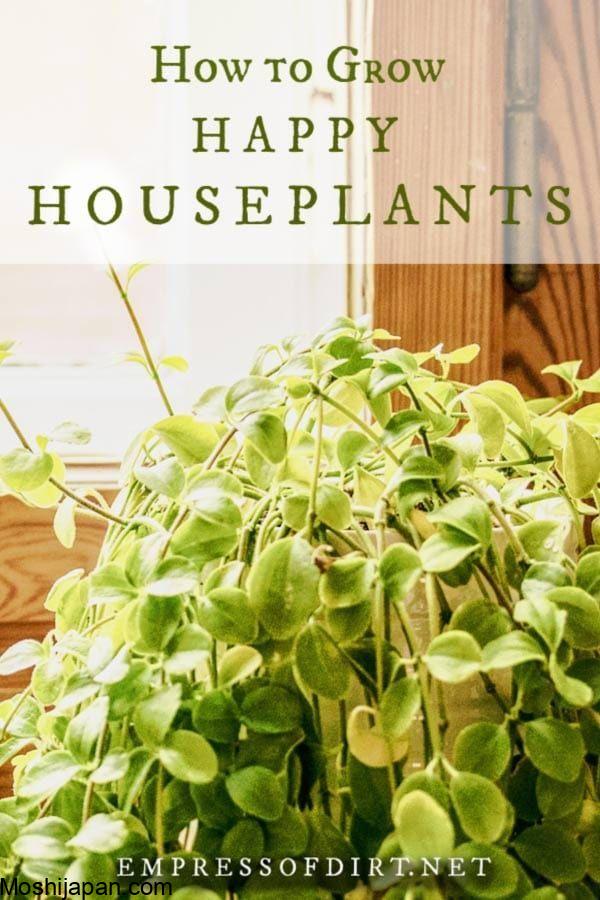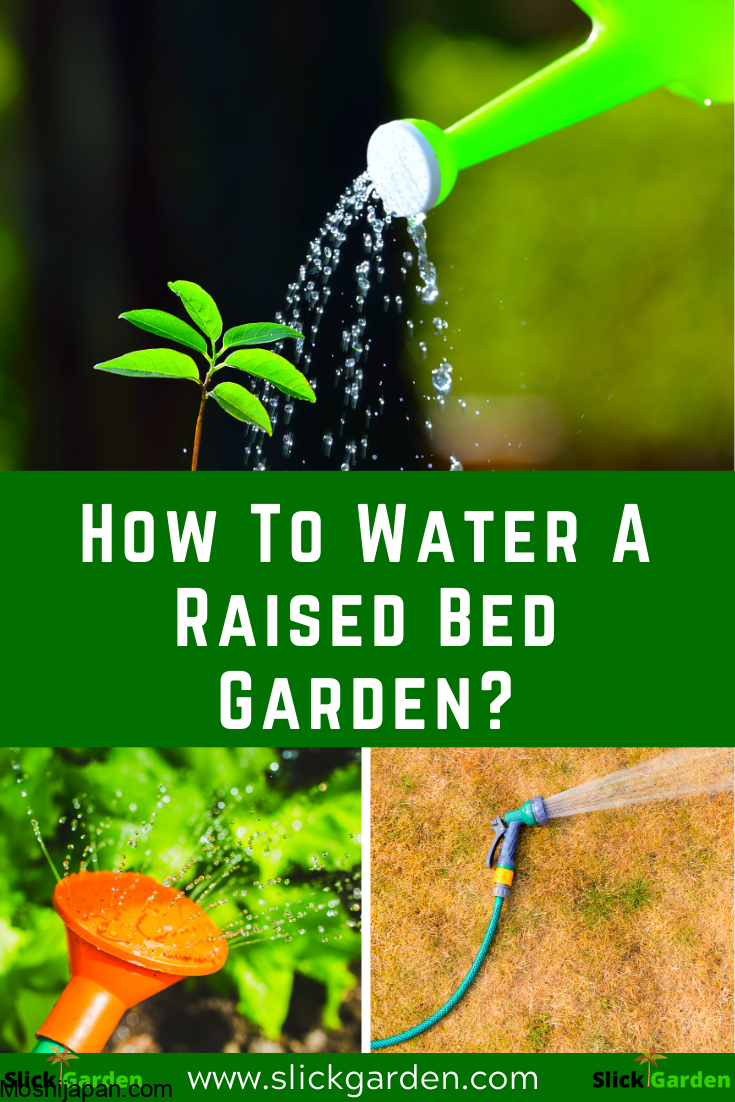How Often Should I Water My Garden?
In the realm of gardening, understanding the optimal watering schedule for your plants is crucial for their health and vitality. Water is the lifeblood of any garden, and providing the right amount at the right times can make the difference between a thriving, flourishing oasis and a lackluster, struggling plot of land. In this comprehensive guide, we will delve into the intricacies of garden watering, discussing the various factors that influence the frequency and quantity of watering needed for different plants. We’ll equip you with the knowledge and techniques to ensure your garden flourishes, and your green thumb is the envy of the neighborhood.
Understanding Your Garden’s Unique Needs

Before diving into a specific watering schedule, it’s essential to recognize that each garden is unique. Your garden’s water requirements will depend on various factors, including the type of plants you’re cultivating, local climate, soil type, and even the time of year. Here’s a breakdown of these critical considerations:
Plant Types
Different plants have different water needs. Succulents, for instance, require infrequent watering due to their ability to store water. On the other hand, leafy greens and flowering plants generally need more consistent moisture. Understanding the specific needs of your garden’s occupants is the first step in creating an effective watering plan.
Local Climate
Your geographical location plays a significant role in determining how often you should water your garden. If you live in a region with hot, arid summers, you’ll likely need to water more frequently than someone in a cooler, more temperate climate. Take your local weather patterns into account when planning your garden’s watering schedule.
Soil Type
The type of soil in your garden can also affect how often you should water. Sandy soil drains quickly, while clay soil retains moisture for more extended periods. Knowing your soil type will help you adjust your watering schedule accordingly.
Seasonal Variations
Your garden’s water needs can fluctuate with the changing seasons. During the hot summer months, your garden may require more water to combat evaporation, while in the cooler, wetter seasons, you can scale back your watering frequency.
Creating a Watering Schedule

Now that we’ve covered the fundamental factors that influence your garden’s watering needs, let’s explore how to create a watering schedule that caters to your specific circumstances.
1. Early Morning is Ideal
The best time to water your garden is early in the morning. Watering during this time allows the soil to absorb moisture before the heat of the day sets in. It also minimizes the risk of fungal diseases that can occur when plants stay wet overnight.
2. Deep and Infrequent Watering
Instead of frequent shallow watering, opt for deep and infrequent sessions. This encourages plants to develop deep root systems, making them more resilient to dry spells. Ensure the water penetrates the soil to a depth of at least 6 inches.
3. Use Mulch
Applying a layer of organic mulch around your plants helps retain soil moisture, reduce evaporation, and suppress weeds. It’s a valuable addition to your garden that can cut down on your watering frequency.
4. Monitor Soil Moisture
Invest in a soil moisture meter to keep tabs on your garden’s hydration levels. This tool can help you avoid overwatering, which can be just as detrimental as underwatering.
5. Rainfall Adjustment
Pay attention to the rainfall in your area. If your garden receives a significant amount of natural precipitation, you may need to adjust your watering schedule accordingly. During rainy periods, reduce or even skip watering sessions to prevent waterlogging.
Signs Your Garden Needs Water

Understanding when your garden is thirsty is crucial to maintaining its health. Keep an eye out for these telltale signs that it’s time to water your plants:
- Wilting Leaves: When you notice your plants’ leaves drooping or wilting, it’s a clear sign they need water.
- Dry Topsoil: Stick your finger into the soil about an inch deep. If it feels dry, it’s time to water.
- Cracking Soil: If the soil in your garden starts to crack, especially around the base of your plants, it’s a sign of dehydration.
- Yellowing Leaves: Yellowing leaves, particularly at the bottom of the plant, can indicate a lack of moisture.
FAQ

Q1: Can I use a sprinkler system for my garden?
A sprinkler system can be a convenient way to water your garden. However, it’s essential to ensure that it provides even coverage and doesn’t waste water through overspray or evaporation. Drip irrigation systems are often more efficient for garden beds.
Q2: How do I determine the right amount of water for my garden?
The amount of water your garden needs depends on its size, the types of plants you’re growing, and your local climate. It’s best to start with the guidelines provided on plant care tags and adjust based on your garden’s specific conditions.
Q3: What’s the best way to water potted plants?
Potted plants can dry out quickly, so it’s crucial to monitor them closely. Water until you see excess water draining from the pot’s bottom, indicating that the soil is thoroughly saturated.
In conclusion, understanding how often to water your garden is a vital skill for any gardener. By considering plant types, local climate, soil type, and seasonal variations, you can create a customized watering schedule that ensures your garden thrives. Remember to pay attention to signs that your garden is thirsty, and adjust your watering practices as needed. With the right care, your garden will be the envy of your neighborhood, and your green thumb will shine.
tag
- chicken feed
- how to Keep Chickens Off Your Porch
- How to grow oyster mushrooms at home
- Growing Kale in Pots



0 Comments